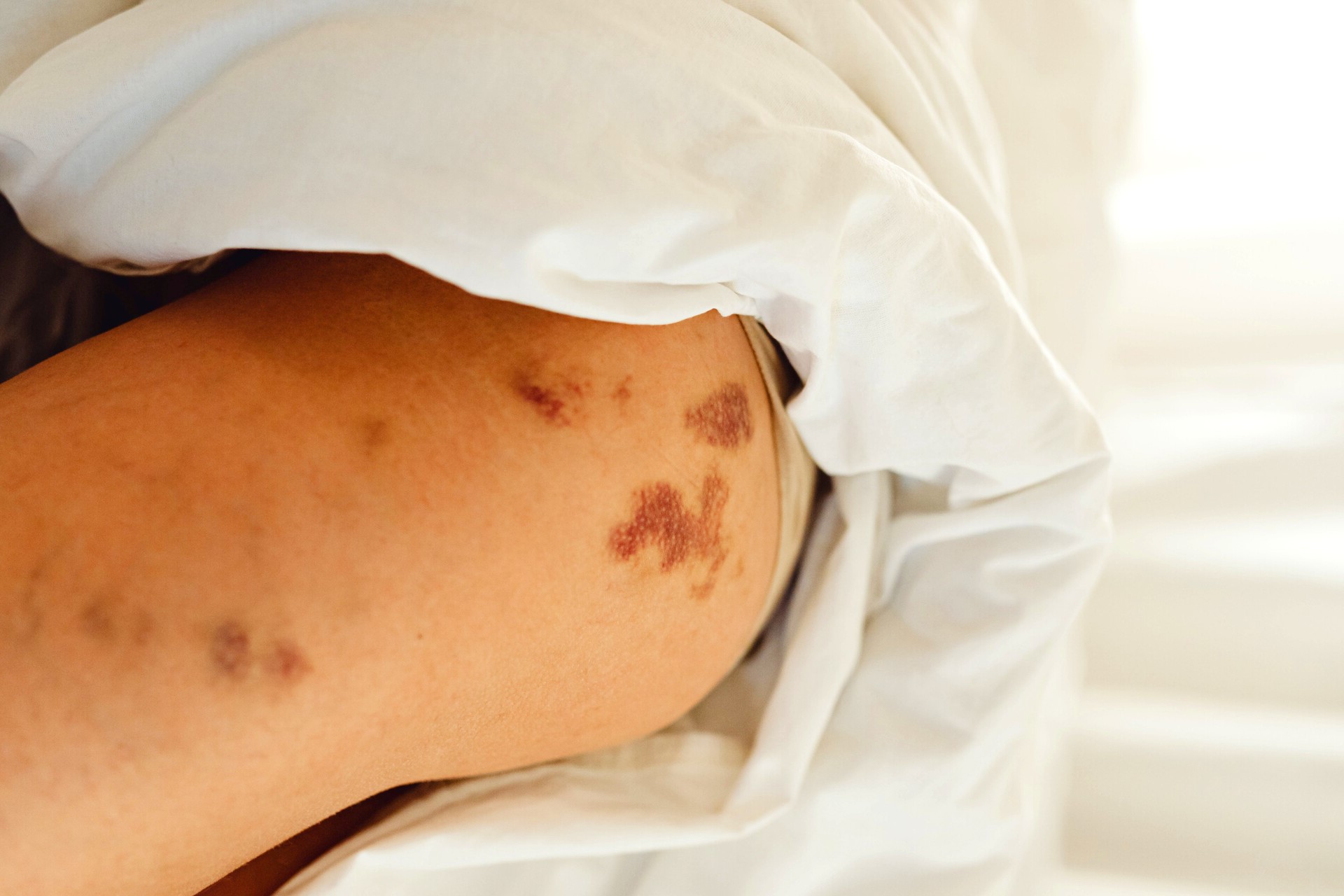
Legius Syndrome might sound unfamiliar, but it's a genetic condition that affects many. Named after Dr. Eric Legius, this syndrome shares similarities with neurofibromatosis type 1 (NF1), yet has distinct differences. Legius Syndrome is caused by mutations in the SPRED1 gene, leading to various symptoms like café-au-lait spots, freckling, and learning difficulties. Unlike NF1, it doesn't involve tumor growth. Understanding Legius Syndrome can help in early diagnosis and management, improving quality of life for those affected. This blog post will dive into 40 intriguing facts about Legius Syndrome, shedding light on its causes, symptoms, and treatments. Ready to learn more? Let's get started!
What is Legius Syndrome?
Legius Syndrome is a genetic disorder that affects the skin, nervous system, and sometimes other parts of the body. It is often confused with Neurofibromatosis type 1 (NF1) due to similar symptoms. Here are some fascinating facts about this rare condition.
-
Legius Syndrome is caused by mutations in the SPRED1 gene. This gene plays a role in cell signaling pathways that control cell growth and division.
-
It was first identified in 2007. Researchers discovered it while studying families with symptoms similar to NF1 but without the NF1 gene mutation.
-
The condition is inherited in an autosomal dominant manner. This means only one copy of the mutated gene is needed for a person to be affected.
-
Symptoms can vary widely among individuals. Some people may have mild symptoms, while others may experience more severe issues.
-
Café-au-lait spots are a common symptom. These are flat, pigmented birthmarks that can appear anywhere on the body.
-
Freckling in the armpits or groin area is another sign. This symptom is also common in NF1, making diagnosis challenging.
-
Unlike NF1, Legius Syndrome does not cause tumors. People with Legius Syndrome do not develop neurofibromas, which are benign tumors associated with NF1.
-
Learning disabilities can occur. Some individuals may have difficulties with attention, memory, or other cognitive functions.
-
Developmental delays are possible. Children with Legius Syndrome might reach developmental milestones later than their peers.
-
Macrocephaly is a common feature. This means having a larger-than-average head size.
Diagnosis and Testing
Diagnosing Legius Syndrome involves a combination of clinical evaluation and genetic testing. Here are some key facts about the diagnostic process.
-
Genetic testing is the most definitive way to diagnose Legius Syndrome. A blood sample is analyzed to look for mutations in the SPRED1 gene.
-
A clinical evaluation includes a thorough physical exam. Doctors look for characteristic symptoms like café-au-lait spots and freckling.
-
Family history is important. Since the condition is inherited, knowing if other family members have similar symptoms can aid diagnosis.
-
Differential diagnosis is crucial. Doctors must rule out other conditions with similar symptoms, such as NF1.
-
Skin biopsy is rarely needed. Most diagnoses can be made based on clinical evaluation and genetic testing.
-
Prenatal testing is available. For families with a known SPRED1 mutation, prenatal testing can determine if a fetus is affected.
-
Early diagnosis can help manage symptoms. Identifying the condition early allows for better planning and support.
Treatment and Management
While there is no cure for Legius Syndrome, various treatments and management strategies can help alleviate symptoms and improve quality of life.
-
Regular monitoring is essential. Routine check-ups help track the progression of symptoms and address any new issues.
-
Educational support can be beneficial. Special education services and individualized learning plans can help children with learning disabilities.
-
Physical therapy may be needed. This can assist with developmental delays and improve motor skills.
-
Speech therapy can help. Some children may benefit from speech therapy to address communication difficulties.
-
Behavioral therapy is an option. This can support individuals with attention or behavioral issues.
-
Genetic counseling is recommended. Families can receive information about the condition, inheritance patterns, and family planning options.
-
Support groups provide emotional support. Connecting with others who have Legius Syndrome can be comforting and informative.
-
Regular eye exams are important. Although less common, some individuals may have vision problems that need monitoring.
-
Hearing tests might be necessary. Hearing issues can occur and should be checked regularly.
-
Skin care is crucial. Regular dermatological check-ups can help manage skin symptoms.
Research and Future Directions
Ongoing research aims to better understand Legius Syndrome and develop new treatments. Here are some exciting developments in the field.
-
Animal models are being used for research. Scientists study mice with SPRED1 mutations to learn more about the condition.
-
New genetic technologies are emerging. Advances in genetic testing and editing hold promise for future treatments.
-
Clinical trials are underway. Researchers are testing new therapies to manage symptoms and improve quality of life.
-
Patient registries are being established. These databases collect information about individuals with Legius Syndrome to support research.
-
International collaborations are increasing. Scientists around the world are working together to study the condition.
-
Awareness campaigns are growing. Efforts to educate the public and healthcare professionals about Legius Syndrome are expanding.
-
Funding for research is rising. More resources are being allocated to study this rare condition.
-
Advances in neuroimaging are helping. New imaging techniques provide better insights into how Legius Syndrome affects the brain.
-
Genetic counseling is evolving. Improved counseling techniques are helping families understand and manage the condition.
-
Patient advocacy groups are active. These organizations support research, raise awareness, and provide resources for affected families.
-
Telemedicine is becoming more common. Remote consultations make it easier for patients to access specialized care.
-
Personalized medicine is on the horizon. Tailored treatments based on individual genetic profiles may become available.
-
Hope for a cure remains strong. Researchers are optimistic that continued study will lead to new treatments and possibly a cure.
The Takeaway on Legius Syndrome
Legius Syndrome might not be as well-known as other genetic conditions, but understanding its symptoms and implications can make a big difference. Early diagnosis helps in managing the skin spots, freckles, and learning difficulties that come with it. Genetic counseling can provide families with the necessary support and information. While there’s no cure yet, regular check-ups and a supportive environment can improve the quality of life for those affected. Staying informed and proactive is key. If you or someone you know shows signs of Legius Syndrome, consulting a healthcare professional is crucial. Knowledge empowers, and being aware of this condition can lead to better outcomes. Keep learning, stay vigilant, and support those who might be dealing with this rare syndrome.
Was this page helpful?
Our commitment to delivering trustworthy and engaging content is at the heart of what we do. Each fact on our site is contributed by real users like you, bringing a wealth of diverse insights and information. To ensure the highest standards of accuracy and reliability, our dedicated editors meticulously review each submission. This process guarantees that the facts we share are not only fascinating but also credible. Trust in our commitment to quality and authenticity as you explore and learn with us.


